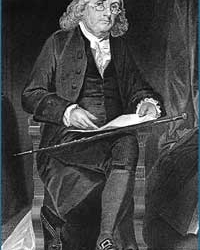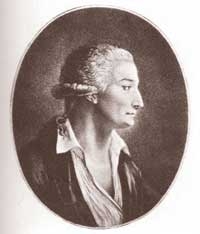James Holman is considered one of the most remarkable figures in the history of travel and exploration. He ventured to far-off places and visited numerous countries around the world.
Born in Exeter, England, in 1786, Holman became blind in his twenties due to an unknown illness. Despite this setback, Holman embarked on an ambitious and unprecedented journey around the world.
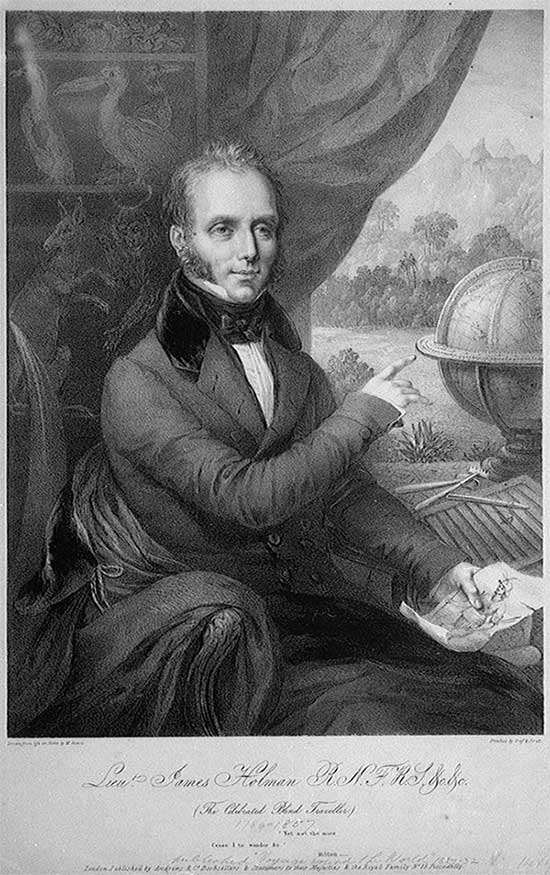
James Holman (October 15, 1786 – July 29, 1857).
James Holman was the son of a pharmacist. As a boy, Holman had a special passion for the sea and dreamed of becoming a sailor. At the age of 12, he joined the Royal Navy as a first-class volunteer. Holman’s naval career was promising as he quickly rose through the ranks. However, his life took a dramatic turn when he developed arthritis, which left him blind and in chronic pain, forcing him to retire from the navy at the age of 25.
Recognizing that his condition was related to his service, the navy granted Holman a lifelong pension and accommodation at Windsor Castle, alongside other retirees and veterans. Life at the castle was peaceful, but the quiet existence did not suit Holman’s dynamic and vibrant personality, exacerbating his condition. A doctor advised Holman to seek a warmer climate. Consequently, he decided to visit France. This trip would change Holman’s life forever.
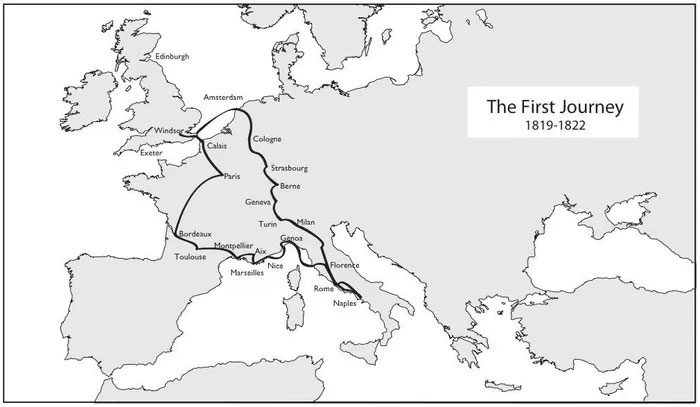
Holman’s first journey.
Holman was determined to abandon his previous mundane life and continue exploring the world. In 1819, he began a journey that would later become one of the most impressive circumnavigations. Holman traveled to France, Italy, and Switzerland before crossing the Mediterranean to North Africa.
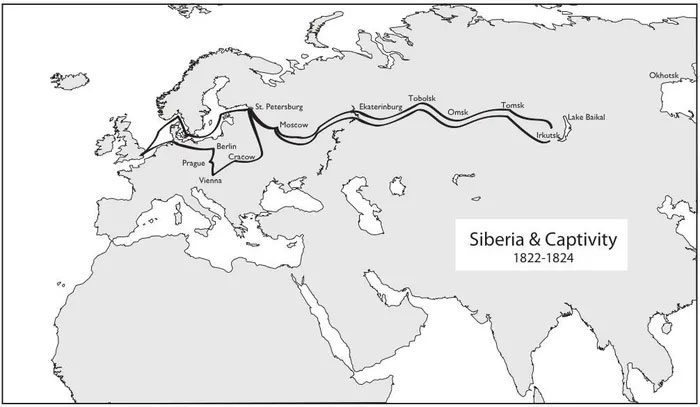
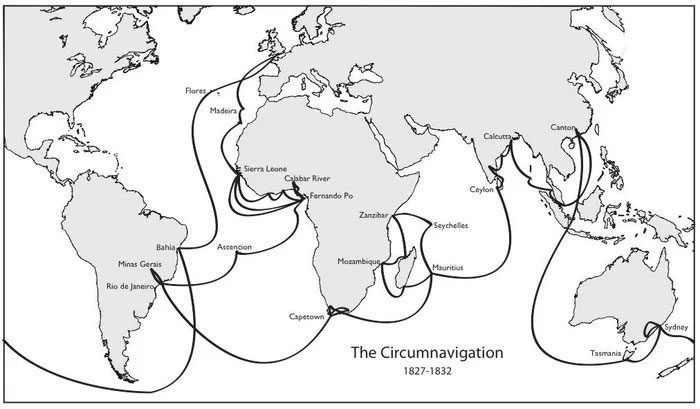
Holman was determined to abandon his previous mundane life and continue exploring the world.
The next stop for Holman was the Far East, where he visited China, Japan, and other countries. This was followed by a journey to Siberia, where Holman was accused of being a spy, imprisoned, and exiled as an enemy of the Tsar. The Russians believed that a blind person could not travel, so they assumed Holman was faking his disability. In Africa, Holman fought against the slave trade and helped establish the country now known as Equatorial Guinea. On Fernando Po Island, now part of Equatorial Guinea, the Holman River was named in his honor.
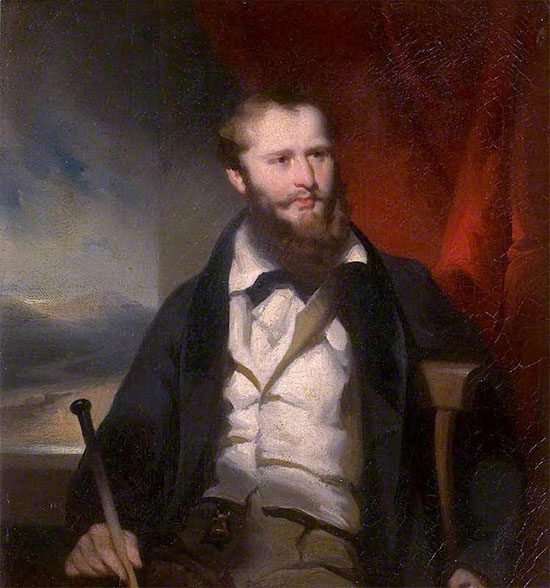
Holman traveled to far-off places and visited numerous countries.
Holman’s circumnavigation is remarkable not only for his disability but also for the scope of his travels. He ventured far and visited various countries, making this one of the most ambitious and impressive journeys of the 19th century. Holman relied on his other senses and was incredibly skilled at using a cane. He often touched anything around him to better understand his environment, gliding his hands over brick walls, sculptures, and sometimes even people.
Holman completed his final journeys through Spain, Portugal, Moldavia, Montenegro, Syria, and Turkey. After returning from his travels, he completed the manuscript for his next book, Holman’s Narratives of His Travels. Unfortunately, Holman passed away just a week later, and this manuscript was never published, and it is now believed to be lost.








































